The United States as a Concept
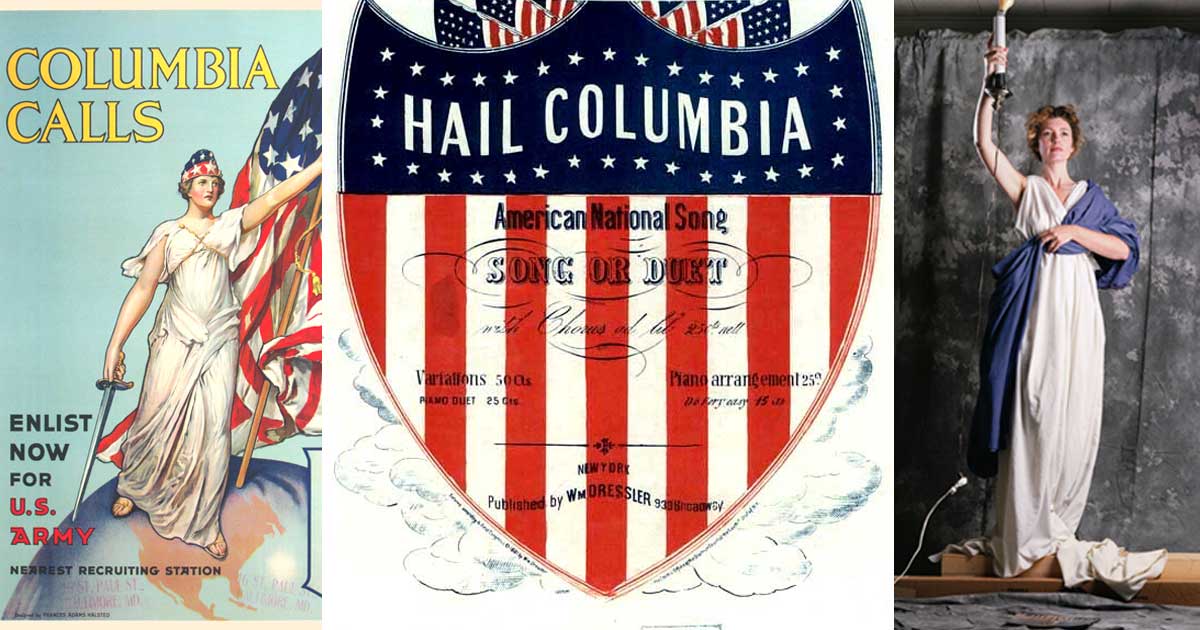
The United States can be thought of as a union of diverse and sovereign regions, of sovereign people, who agree on the basic principles of democracy, republicanism, federalism, and liberalism in general.

The United States can be thought of as a union of diverse and sovereign regions, of sovereign people, who agree on the basic principles of democracy, republicanism, federalism, and liberalism in general.

Thomas Jefferson is credited with having said, “equal rights for all, special privileges for none,” a slogan that other progressive Democrats like Williams Jennings Bryan embraced.
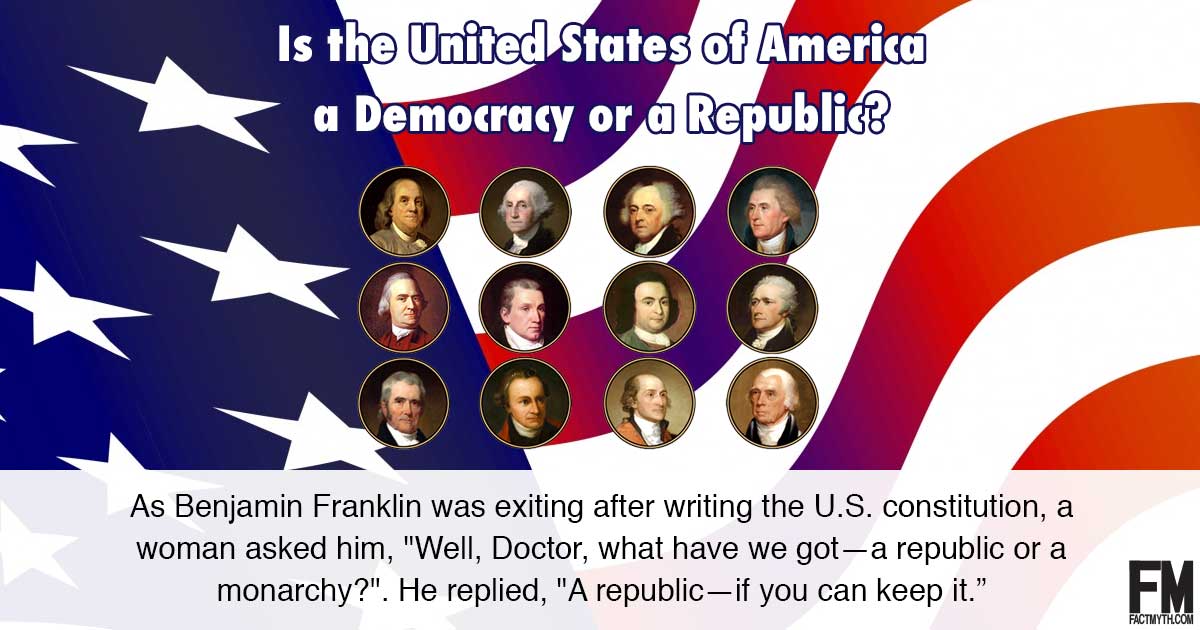
We explain the meaning of Democrat, Republican, Whig, Federalist, Anti-Federalist, Union, and Confederacy the political terms the major parties used for their party names.
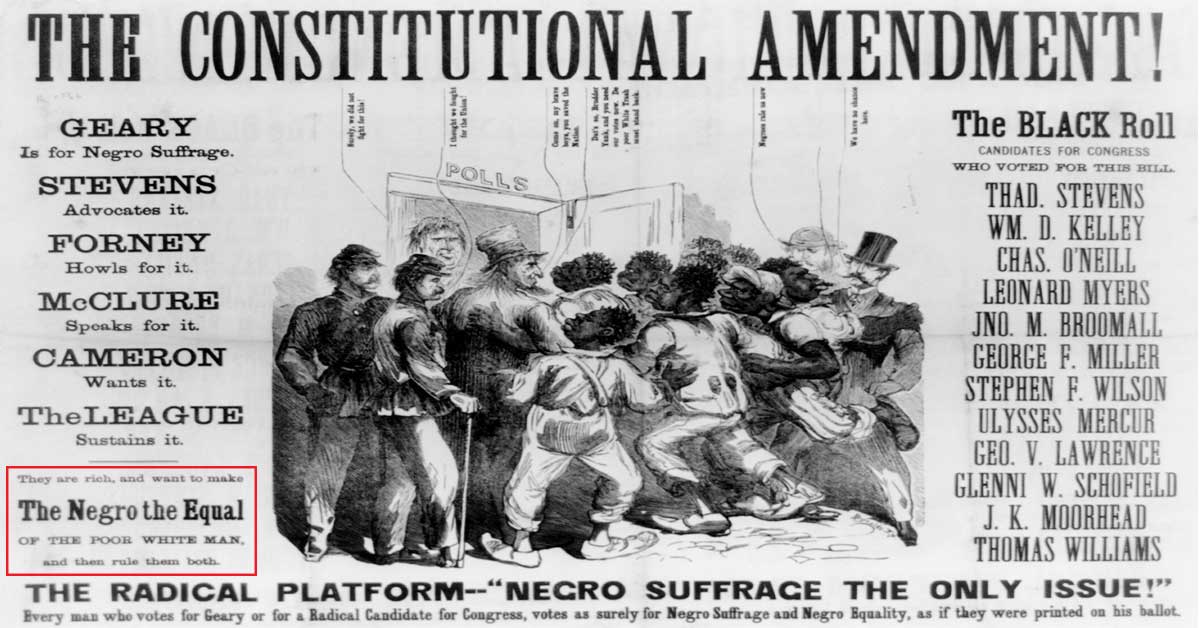
We explain three different types of Republicans found in America during Civil War Reconstruction: moderate, conservative, and radical Republicans.

We explain the different types of American progressivism from the founders, to the Reform movements, to Bryan and the Roosevelts, to the progressives and populists of today.

Notable political factions, politicians, and platform planks switched between the major U.S. political parties throughout U.S. history leading to a number of complex changes. Here are some different ways to look at “the party switches” and different “party systems” the changes resulted in.

On this page we discuss the concepts of fairness, justice, morality, and ethics as they relate to Utilitarianism.
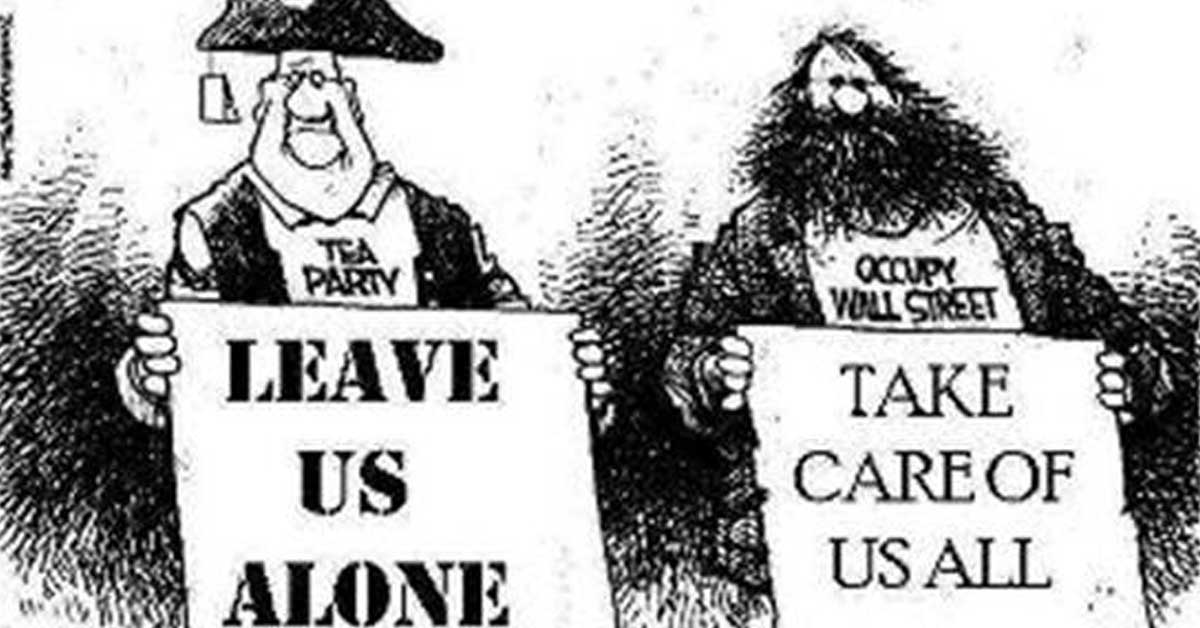
We explain how experience and social interactions shape our frame of reference and create ideological bubbles, and how this creates confirmation bias and “bubble filters” that reinforce these bubbles.
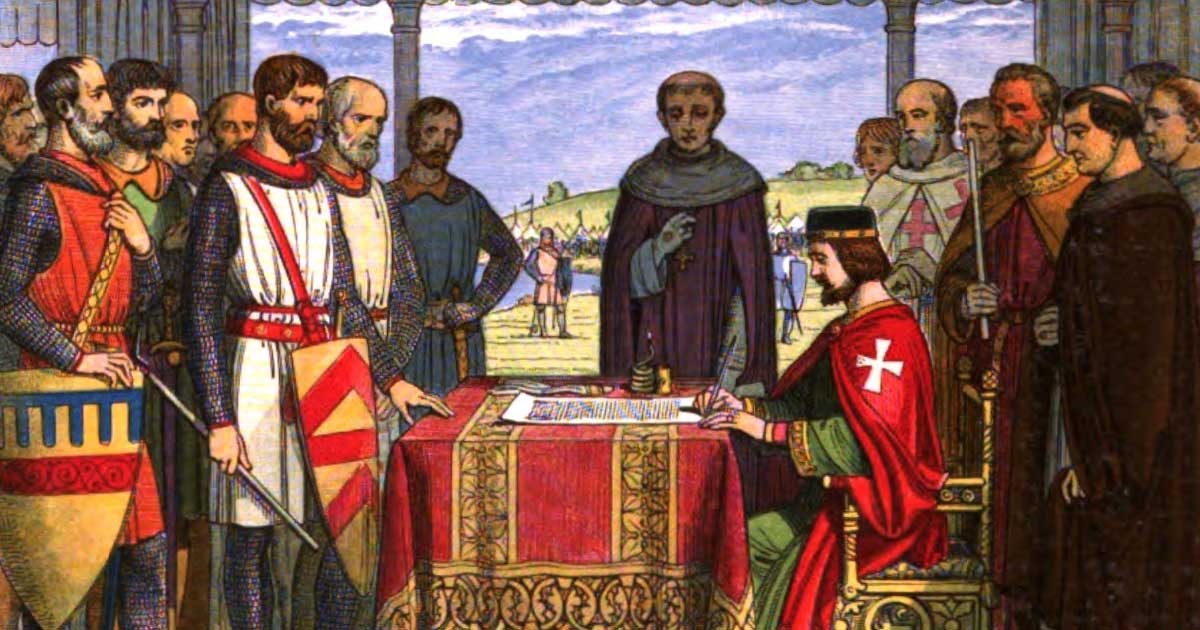
In general, four powers have ruled over the citizens of a nation in any era, these are Barons, Churches, Kings, and Citizens themselves.

We discuss racial code words and “dog-whistle politics,” terms that describe the code words politicians use to imply politically incorrect ideas to their base.